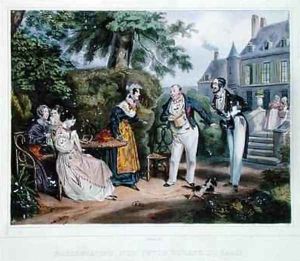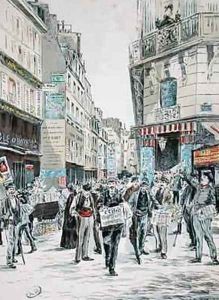Grenier, Ernest Paintings
Ernest Grenier was a French artist born in 1879. He was a versatile painter and sculptor, whose work spanned several decades, reflecting the changing tides of European art from the late 19th century through the first half of the 20th century. Grenier's early work was influenced by the Impressionist movement, characterized by a vibrant palette and a light touch, capturing the fleeting moments of everyday life. However, as his career progressed, he delved into Post-Impressionism and Symbolism, experimenting with more structured compositions and exploring themes of inner emotion and the human psyche.
Grenier trained at the École des Beaux-Arts in Paris, where he was influenced by his teachers and the burgeoning artistic movements of the time. He was deeply inspired by the works of Cézanne and Gauguin, which is evident in his later pieces that feature bold colors and abstract forms. Despite the influence of these major artists, Grenier developed his unique style, incorporating elements of the avant-garde movements he encountered throughout his career.
Throughout his life, Grenier exhibited his work in various galleries and salons across Europe, gaining moderate success and recognition among his contemporaries. His paintings often depicted rural French landscapes, urban Parisian scenes, and later, more introspective and symbolic subjects. Grenier was not just limited to painting; he also explored sculpture, bringing his innovative approach to form and material into the three-dimensional realm.
Ernest Grenier's contribution to art was not marked by groundbreaking fame, but rather by his steady exploration of the evolving artistic landscapes of his time. His work reflects a personal journey through the tumultuous changes in art during the early 20th century, embodying a bridge between traditional and modernist tendencies. Despite the lack of widespread recognition, his art remains an important testament to the rich tapestry of French artistic expression during this period.
Grenier passed away in 1949, leaving behind a diverse body of work that continues to be studied and appreciated for its contribution to the development of modern art. His legacy is one of quiet innovation and a deep, enduring passion for the exploration of both the visible world and the realms of emotion and thought.

